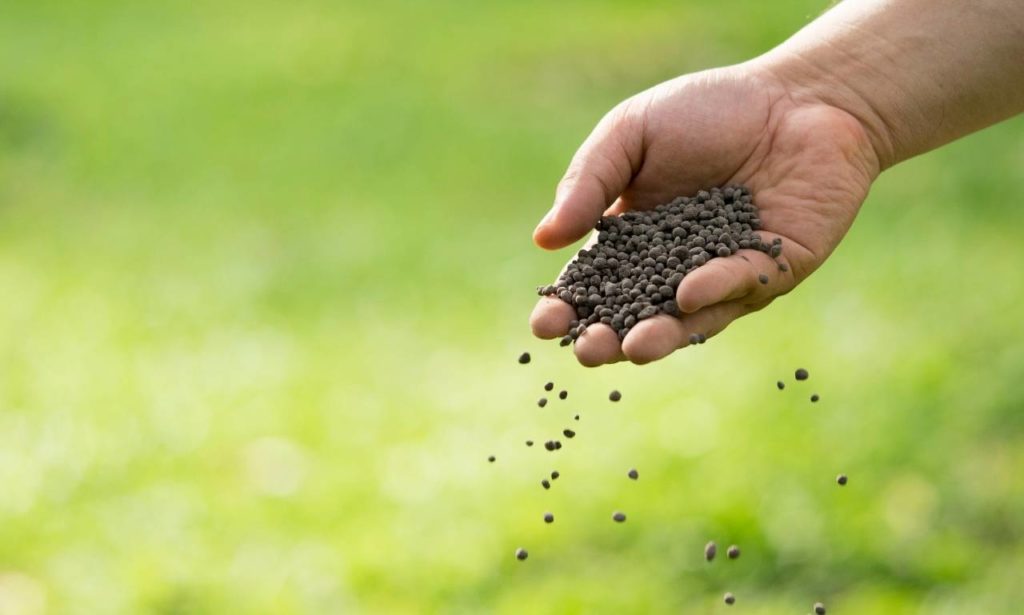Numerous cultivators search for the ‘key’ to developing the most ideal cannabis. Truly there is no mystery here, rather there are a few essential standards to achieve what you want. Your plants should be kept in the right range of temperature, with the right amount of light, right environment and a decent nourishment with all the vital minerals and nutrition at the right pH.
In the event that your plant doesn’t get these then it may very well be anxious. This pre-arranges the plant to infection, form, bugs, bugs and different issues. The outcome is decreased quality as diminished cannabinoid/terpene creation, as well as diminished yields.
Understanding nutrient shortages and how to address them needs an expertise that permits cultivators to further develop plant wellbeing. Here you will study the most essential lack of nutrients in your cannabis plant and how you might fix them. Much more significantly, you will gain proficiency with a few helpful hints to keep away from these deficiencies in any case.
What are the deficiencies that you need to look for in your cannabis plant?
A lack of nutrition is seen when the cannabis plant can’t get a critical nutritional supplement or mineral fundamental for solid development. Regardless of whether your plants have a somewhat sound nutrition, sometimes they might fall short of one fundamental nutrient and can have significant impacts. This can seriously affect yield as well as quality. In many scenarios, a lack of exact one nutrient can compromise the endurance of your plant.
Luckily for weed cultivators, the plant can convey a significant number of the hints for them to know about the deficiency. That is accepting we know what to search for and how to decipher the signs. Visual hints from the leaves and general plant appearance can pass a ton of helpful data on to the accomplished cultivator. Peruse on to figure out additional.
Nitrogen is an abundantly found nutrient, and that implies it can move all through the plant depending on the situation. Nitrogen is vital to keep leaves green and make energy from light. Only when all the leaves are fresh do they require nitrogen to turn green and help the plant with photosynthesis. For the most fresh leaves, the plant “needs” to give those leaves the required light.
When there is not enough nitrogen for the new leaves the plant will start giving nitrogen to the fresh leaves while there will be a lack of Nitrogen in already existing leaves. This causes the yellowing and shrinking of leaves due to lack of nitrogen.
It’s somewhat typical for your plant to begin becoming yellow towards the finish of your blossoming cycle as the plant becomes nitrogen insufficient while making buds.
When the plants lack nitrogen, the already existing leaves will turn yellow and start drying up while turning in a way that it looks dull. When you see this happening in the vegetative state, you have an issue that you should be fixed straight away.
Read this : Beginning your cultivation journey: learn when to trim cannabis leaves
How to fix a nitrogen deficiency in cannabis
A lack of nitrogen is perhaps the most important Deficiency that needs to be fixed. The following are a couple of ways – both Simple and intricate – to fix a lack of nitrogen. On the whole, Few things will be explained.
Assuming you have previously been utilizing manures or you are certain that The soil in which your plant stands has adequate supplements, the issue is probably going to be an ominous pH variety in your substrate or water system water. More data Is available on this issue in the areas underneath.
Fertilizer

Utilizing a high nitrogen, water solvent development manure is the most effective way to determine a lack of nitrogen, as it goes straightforwardly to the roots. The roots retain the manure rapidly, and in a couple of days the leaves will recuperate their unique tone.
These manures can be purchased in any nursery, and practically any plant food will contain nitrogen.
Two kinds of fertilizers are known to exist, mineral and natural. Natural compost works on the attributes of the earth by giving supplements, while minerals contain substances that are retained quicker and are less expensive and more exact.
Blood Meal
Blood meal might sound awkward but is manure loaded with natural nitrogen that comes from a creature’s blood, and has been broadly utilized for the development of nourishment for a very long time.
Blood meal is just for the individuals who are accustomed to preparing since it can turn the dirt excessively acidic or make supplements absorption without any problem.
Prior to adding it, it is suggested emphatically to test your degrees of pH, and to continue checking it in the wake of preparing. You don’t need the soil in which the plant is standing to get excessively acidic.
Urine As Fertilizer
The most compelling thing you should know is that pee should be blended in with carbon-rich materials for microorganisms to do something amazing.
The nitrogen in pee is urea. The vigorous microorganisms convert it into nitrates so nitrogen will be accessible to your plant.
In soil everything looks great, yet in hydro arrangements there may not be an adequate number of microorganisms to break down the urea and alkali.
Wrong pH
Assuming your plants have an adequate number of supplements subsequent to giving them great soil and treating them accurately, ensure you don’t wind up with some unacceptable pH levels. On the off chance that you applied the arrangements recorded above and your plant neglects to recuperate following 7-10 days, you might have a pH issue.
For this situation, nitrogen and different supplements are available and accessible to your plant, yet it can’t retain it accurately. Nutrient consumption is a typical reason for pH issues.
Prior to proceeding, you should make sure that both earth and the water system have a pH between 5.8 to 6.8.
Takeaway
Understanding the unobtrusive contrasts among versatile and fixed nutrients can likewise assist the cultivator with understanding the deficiency better. Mobile supplements, for example, Phosphorus can be moved starting with one piece of the plant then onto the next. Fixing nitrogen deficiency is a bit tough but when understanding of symptoms is better it is simple to deal with the deficiency.
A lack of nitrogen will cause the more seasoned, lower leaves on your plant to become yellow, shrivel away and at last bite the dust. The plant commonly seems pale or lime-shaded.
The yellow leaves due to lack of nitrogen might give indications of brown, and they will normally turn out to be delicate and kind of “creased” in, before potentially turning dry at the end of the day tumbling off all alone. To save your plant you need to identify the deficiency and act accordingly.
